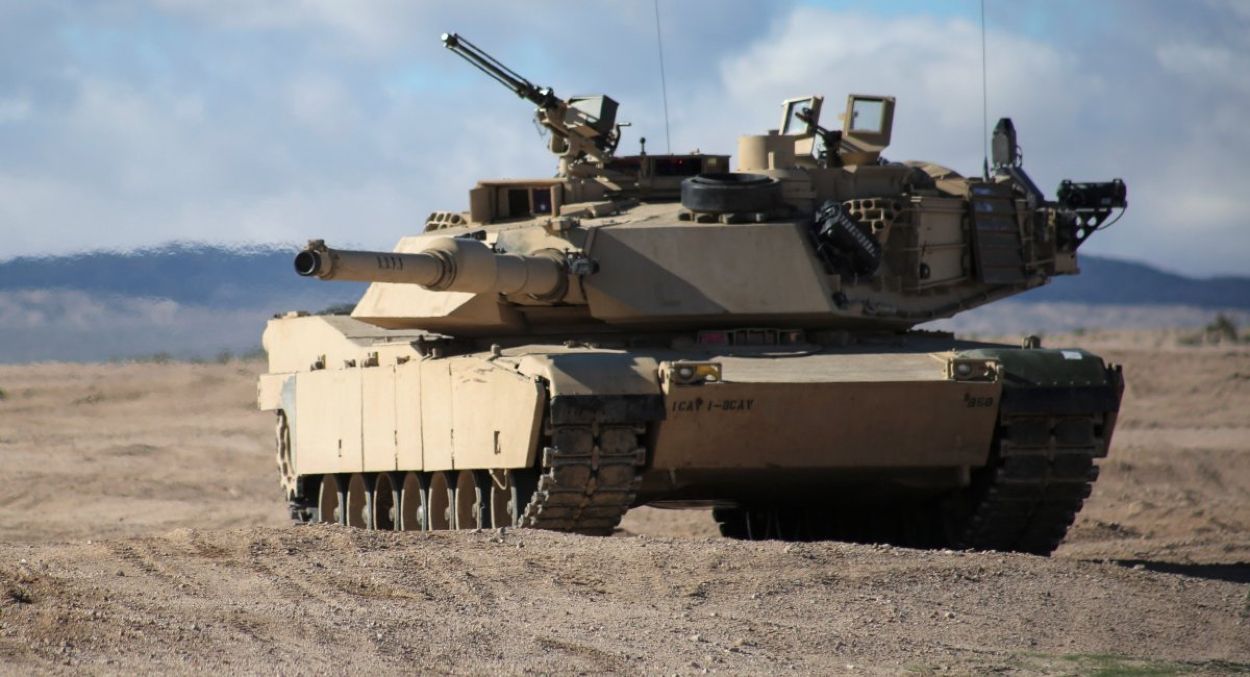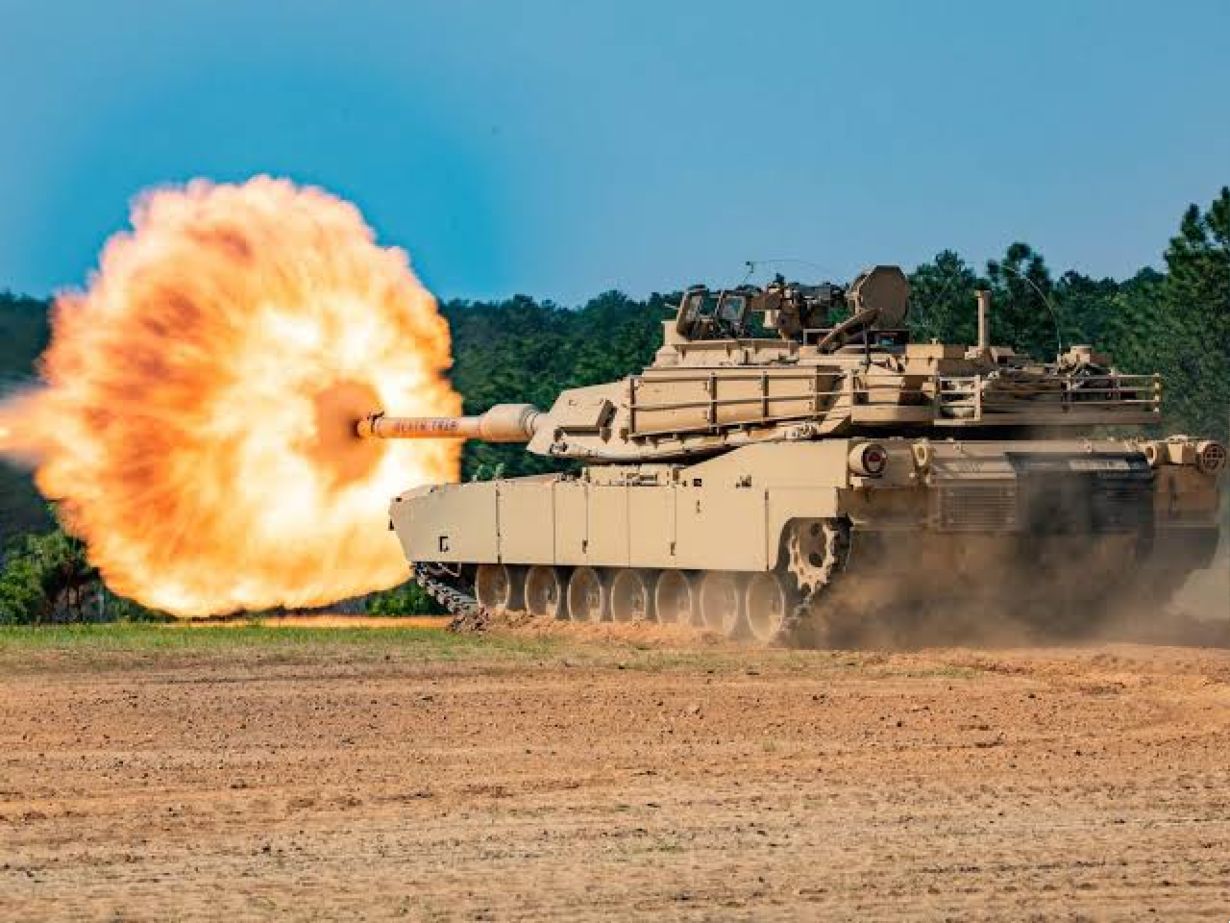On May 15th, the Pentagon officially announced that the United States had transported 31 Abrams tanks to Germany, where they would be utilized for training Ukrainian forces.
In an afternoon press briefing on May 15th, Air Force Brigadier General Pat Ryder, the top spokesperson for the Pentagon, confirmed that the 31 M1 Abrams training tanks have successfully reached Grafenwoehr, Germany.
The training is expected to commence within the next few weeks. Ryder stated that the comprehensive training program for Ukrainian crew and maintainers aims to equip them with the necessary skills to operate the M1 tank proficiently and fulfill their crucial responsibilities in safeguarding their country and people.
In response to a question regarding why the United States doesn’t leave the tanks in Ukraine for direct combat use, General Ryder clarified that the 31 Abrams tanks are designated specifically for training purposes and may not possess the full range of capabilities required for direct deployment in combat situations.
Ryder explained that the tanks being provided to Ukraine are currently undergoing a refurbishment process. These tanks will undergo updates, upgrades, and preparations to ensure they meet the necessary standards for export to Ukraine.

By executing these activities concurrently, the tanks are anticipated to be provided to Ukraine in the fall, enabling their deployment within the country before the end of the year.
When questioned about the specific distinctions between the training tanks and the tanks intended for combat use in Ukraine, the Pentagon refrained from disclosing further details.
As reported by the Associated Press, approximately 250 Ukrainian soldiers are set to receive training on the maintenance and operation of the tanks.
During a hearing before the Senate Appropriations Defense subcommittee, Defense Secretary Lloyd Austin informed lawmakers that the Abrams tanks, customized for Ukraine, will be ready for use by Ukrainian forces once they complete their approximately 10-week training program.
M1 Abrams Tanks
In late January, President Joe Biden announced that the United States would be delivering Abrams tanks to Ukraine in response to US lawmakers’ request to support Kyiv.
This decision was purportedly made to pressure Germany to authorize the delivery of their Leopard tanks to Ukraine.
Later, the Pentagon revised its initial commitment and announced that Ukraine would be supplied with 31 M1-A1 Abrams tanks, as opposed to the newer M1-A2 version that was initially promised.
Earlier reports have suggested that the decision to provide refurbished M1A1 tanks instead of M1A2 tanks was partly motivated by a desire to reduce training and logistical requirements, as well as to expedite the overall delivery timeline.
Given the numerous subvariants of each type, it remains unclear precisely how much simpler the M1A1 variant is to operate and maintain compared to the M1A2.

Experts have expressed the view that sending an older and simpler version of the Abrams tank to Ukraine serves as an initial strategic step in a potentially long-term deployment of American tanks.
This choice is expected to facilitate the learning and maintenance processes for Ukrainian personnel, given the relative simplicity of the older variant.
The effectiveness of the M1 tanks in Ukraine will also rely on their timely arrival at the locations where they are required, as highlighted by Lieutenant General (Retired) Ben Hodges, former US Army Europe commander.
The timing and placement of the tanks will play a crucial role in maximizing their impact and supporting Ukrainian defense efforts.
Meanwhile, according to recent reports, the United States has removed certain classified technologies from the Abrams tanks scheduled to be delivered to Ukraine. This move was made out of concern that such sensitive technologies could fall into the Russian hands.
The US Abrams tanks are equipped with highly sensitive armor, including depleted uranium, making their export a big No.
The process of converting these tanks to meet export requirements is time-consuming. This, alongside other considerations, has limited the speed at which the US can supply combat-ready Abrams tanks to Ukraine.
Nevertheless, Kremlin spokesperson Dmitry Peskov has previously cautioned against donating Abrams tanks, calling it an “absurdity.” He emphasized that these tanks are just as vulnerable to destruction as other armored vehicles.
- Contact the author at ashishmichel(at)gmail.com
- Follow EurAsian Times on Google News




